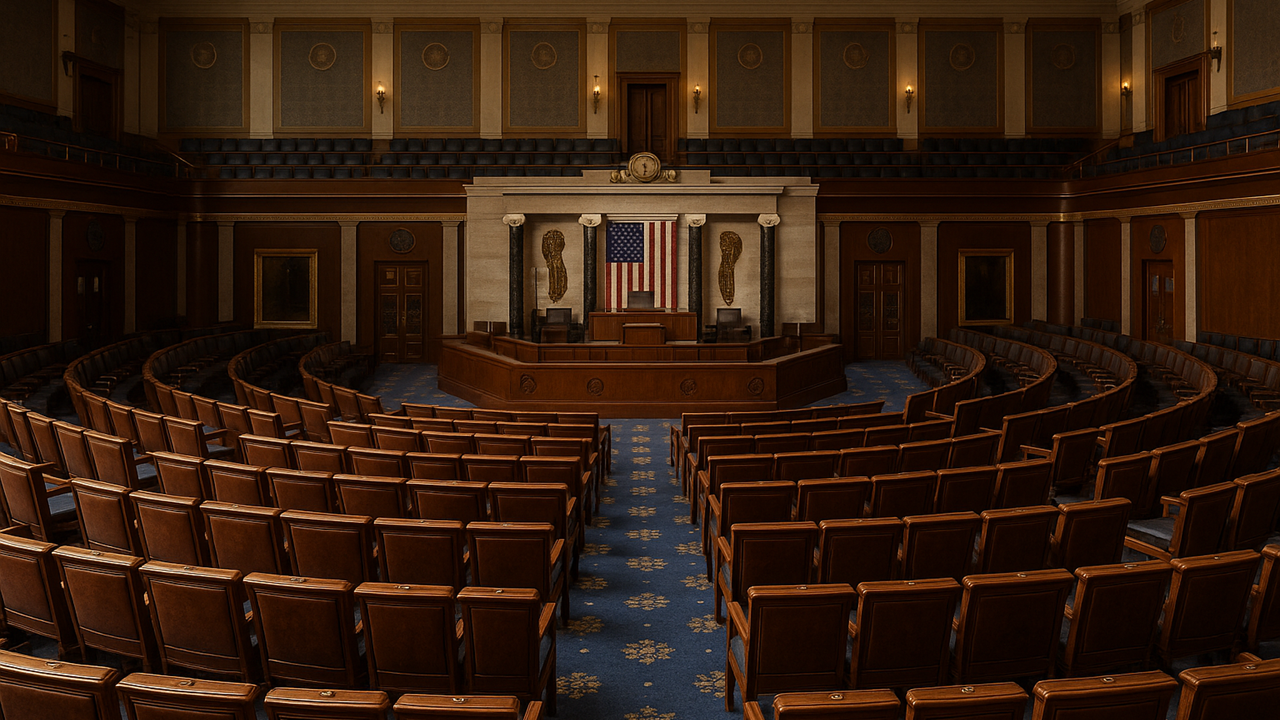The Rise of "Religious Nones" in the U.S.
In a significant shift in American religious identity, the group known as "Religious Nones" has risen to prominence, now representing 28% of U.S. adults. This surpasses Catholics at 23% and evangelical Protestants at 24%, according to a comprehensive study by Pew Research. This group, which includes atheists, agnostics, and those with no particular religious affiliation, has grown remarkably from just 16% in 2007 to the largest (non) religious cohort in the U.S. today.
Who Are the Religious Nones?
Pew Research's in-depth survey of over 3,300 U.S. adults reveals that Religious Nones are a diverse and non-uniform group. While the majority of Nones believe in a higher power, few participate in religious services. Contrary to the perception of being anti-religious, many Nones acknowledge both the harmful and beneficial aspects of religion. They generally hold positive views of science but reject the notion that science can explain everything. This emerging group could significantly impact American public life, especially in politics, where they are known for their liberal and Democratic leanings.
Political Implications
Gregory Smith, the lead researcher on Pew's study titled "Religious 'Nones' in America: Who They Are and What They Believe," notes the potential influence of Nones on electoral politics. The decline of white Evangelicals, traditionally a powerful political force, juxtaposed with the rise of the more liberal Nones, suggests a shift in the political landscape. However, Nones' lower civic engagement, particularly their voting patterns, poses a challenge in harnessing their political power. Atheists and agnostics within the Nones are more politically active, whereas those with no particular religious identity are less likely to vote. This trend extends to community involvement, where Nones are generally less likely to volunteer compared to their religious counterparts.
Beliefs and Societal Views
Pew's survey delves into the beliefs and societal views of the Nones. They express less satisfaction with their local communities and social lives compared to religious people. When it comes to moral decision-making, Nones prioritize logic, reason, and a desire to avoid harming others, contrasting with religious individuals who also consider scripture and tradition. This reliance on rationality and ethics reflects a broader trend of declining religious influence in American life.
Demographics of the Nones
Demographically, Nones are predominantly young, with 69% under the age of fifty, and less racially diverse, with 63% being white. The group comprises three distinct segments: atheists, agnostics, and those who are unaffiliated. Atheists and agnostics are more likely to be white, while the unaffiliated tend to be more racially diverse, including Black, Hispanic, and Asian individuals. Gender differences also emerge, with men more likely to identify as atheists or agnostics and women as unaffiliated. This aligns with broader research showing that women are generally more religious than men.
The rise of the Nones represents a significant evolution in American religious and cultural identity, indicating a future where traditional religious affiliations may no longer hold a majority. As this trend continues, its implications for societal norms, politics, and community engagement will be profound, marking a notable shift in the landscape of American religious and secular life.




